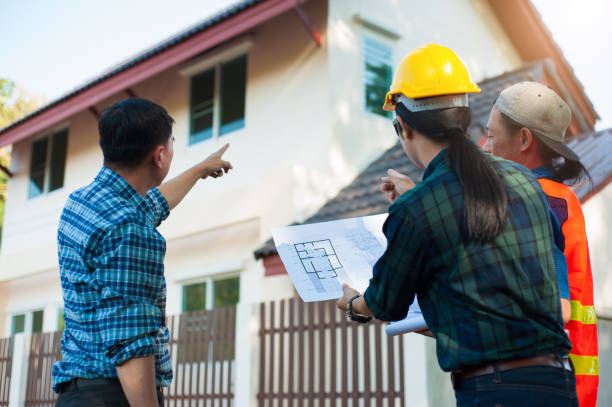
When planning a roofing project in Iowa, homeowners need to navigate various legal requirements and obtain the necessary permits to ensure compliance with local regulations. Understanding the permit process and regulatory framework is essential for a smooth and successful roofing project. In this blog post, we’ll explore the key aspects of roofing permits and regulations in Iowa and provide guidance on how to navigate them effectively.
Know Your Local Building Codes
Before starting any roofing project, it’s crucial to familiarize yourself with the building codes and regulations specific to your local jurisdiction in Iowa. Building codes dictate the minimum standards for construction and renovation projects, including roofing, to ensure safety and structural integrity. These codes may cover aspects such as roofing materials, installation methods, ventilation requirements, and fire safety standards.
Determine if a Permit is Required
In Iowa, the requirements for roofing permits vary depending on the scope of the project and local building codes. Generally, minor repairs and maintenance tasks may not require a permit, but major roof replacements, additions, or alterations typically do. Homeowners should check with their local building department or municipality to determine whether a permit is needed for their specific project. Ignoring permit requirements can result in costly fines and legal complications down the line.
Obtain the Necessary Permits
If a permit is required for your roofing project, it’s essential to follow the proper procedures for obtaining it. This typically involves submitting an application to the local building department, providing detailed plans and specifications, and paying any applicable fees. The building department will review the application to ensure compliance with building codes and zoning regulations before issuing the permit. Working with a reputable roofing contractor who is familiar with local regulations can streamline the permit process and ensure compliance.
Adhere to Safety Standards
In addition to obtaining permits, homeowners and contractors must prioritize safety throughout the roofing project. This includes implementing proper safety measures to protect workers, occupants, and neighboring properties from hazards such as falls, electrical shocks, and debris. Compliance with Occupational Safety and Health Administration (OSHA) regulations and industry best practices is essential to minimize the risk of accidents and injuries during roof construction or repair.
Schedule Inspections
Once the roofing work is complete, it’s important to schedule inspections as required by local building codes. Inspections allow building officials to verify that the work has been done correctly and meets the necessary standards for safety and compliance. Common inspection points for roofing projects may include structural integrity, waterproofing, flashing, ventilation, and fire protection. Failing to schedule and pass required inspections can delay project completion and result in penalties.
Conclusion
Navigating roofing permits and regulations in Iowa may seem daunting, but with proper knowledge and planning, homeowners can ensure a smooth and compliant roofing project. By understanding local building codes, obtaining the necessary permits, prioritizing safety, and scheduling inspections, homeowners can protect their investment and avoid legal issues. Working with experienced roofing contractors who are familiar with local regulations can also help streamline the process and ensure compliance with all applicable laws and standards.